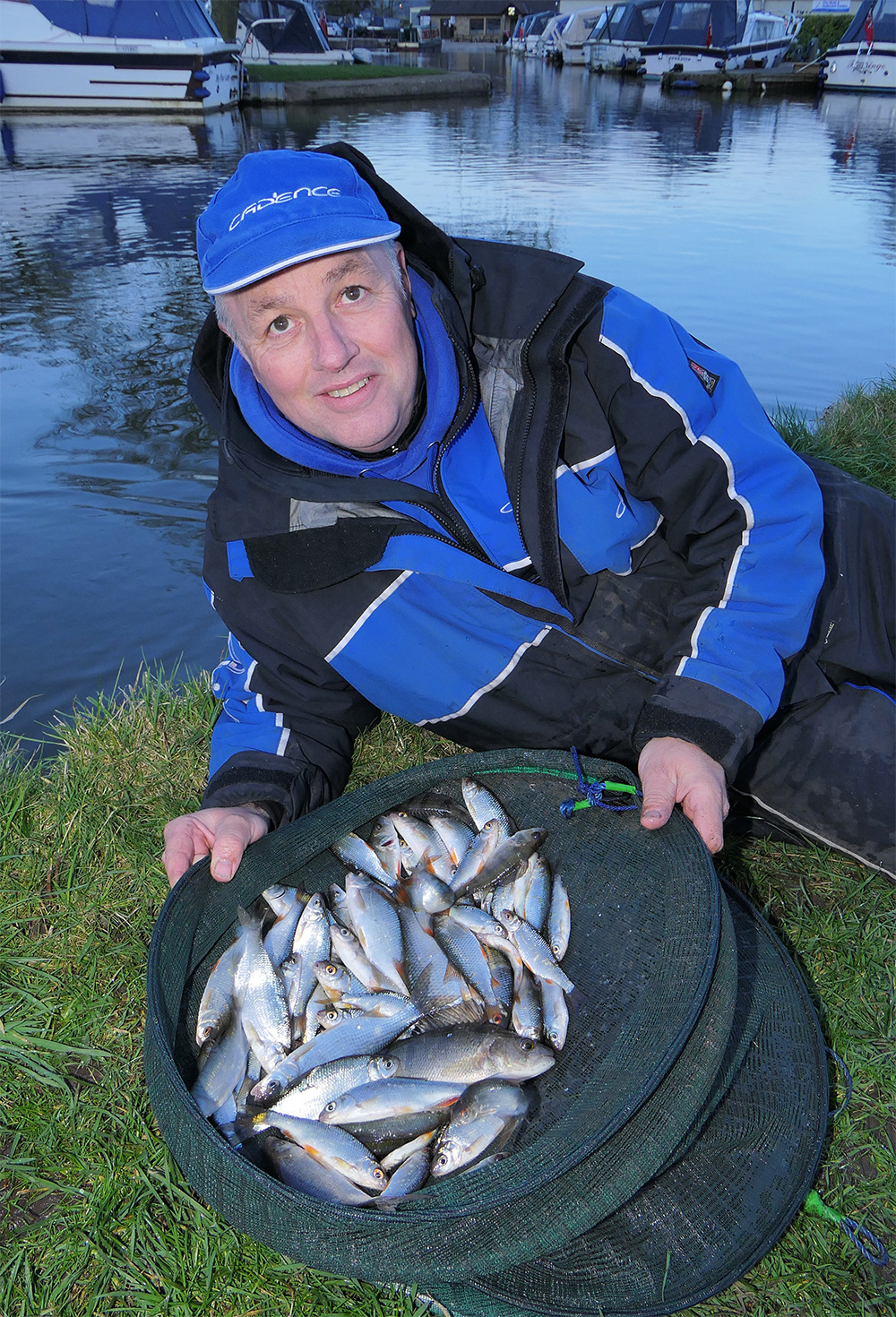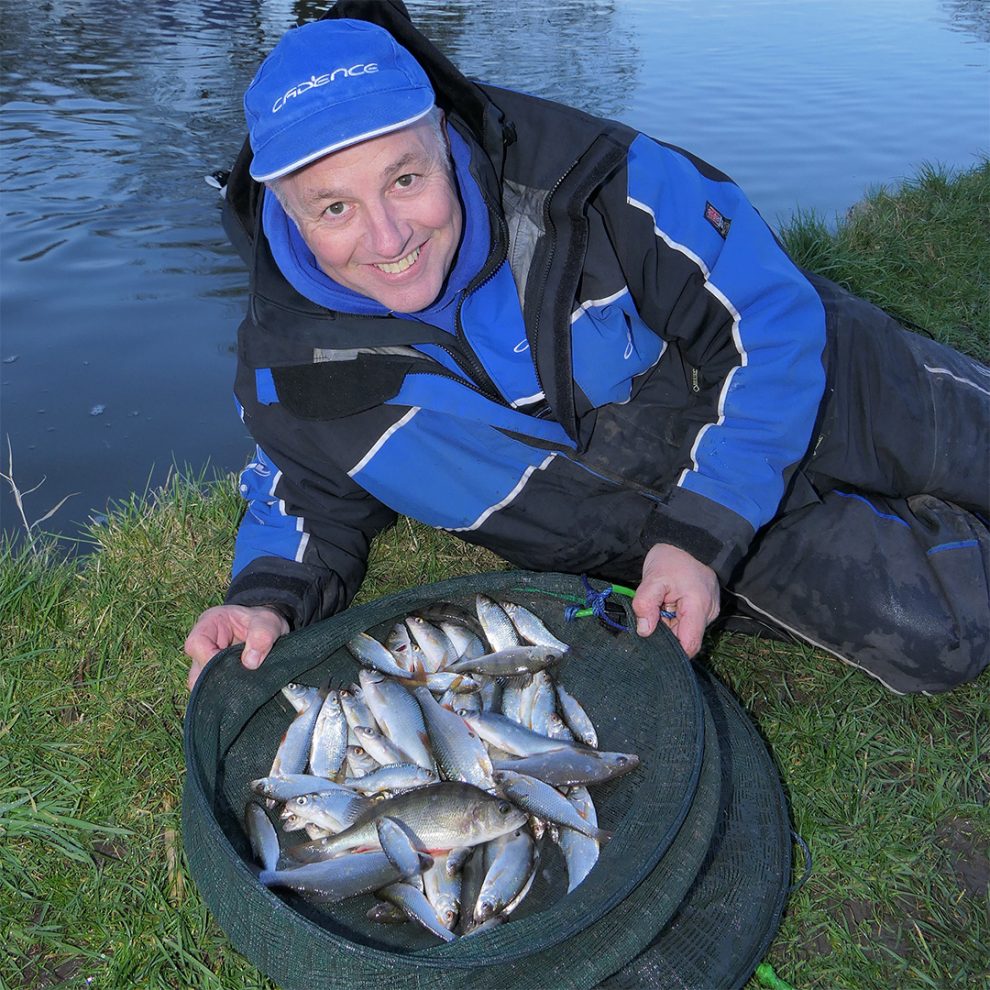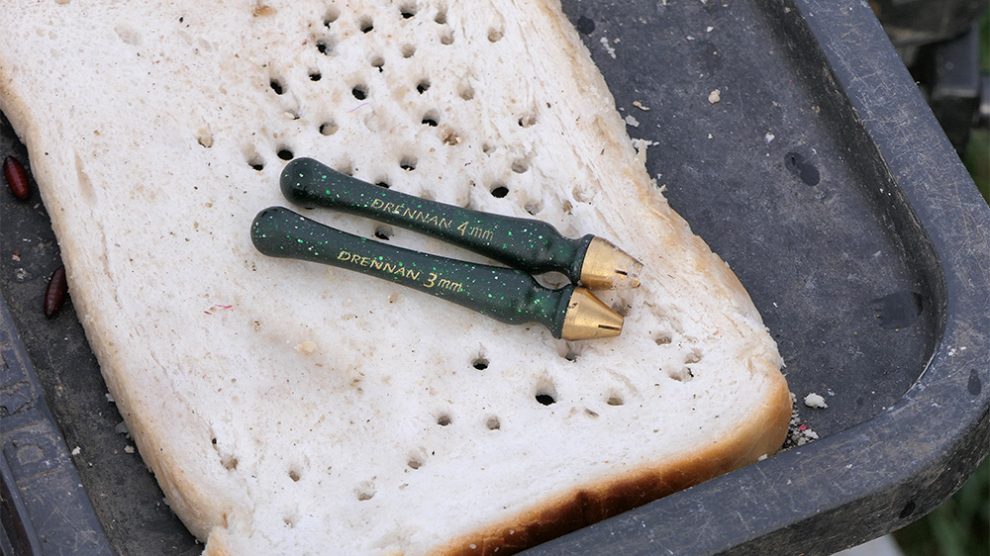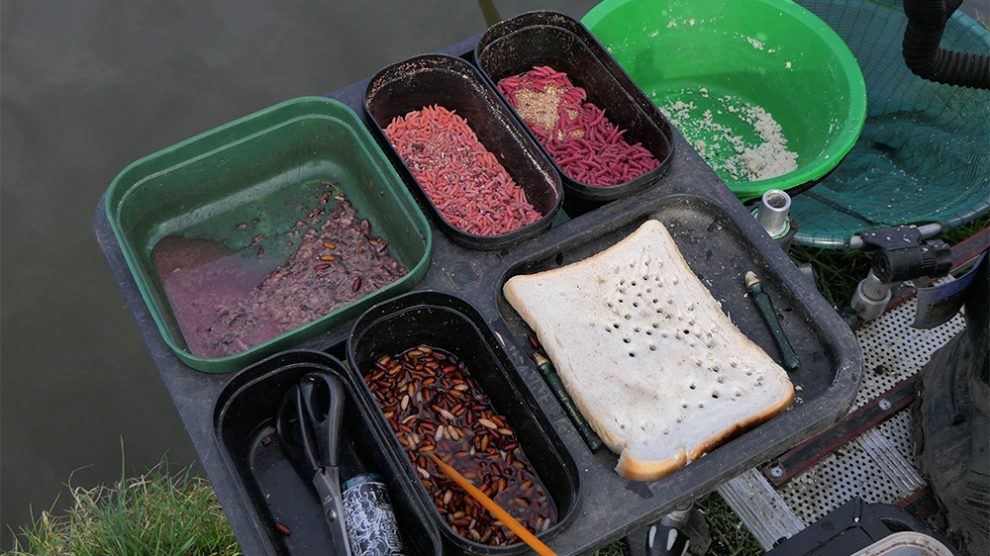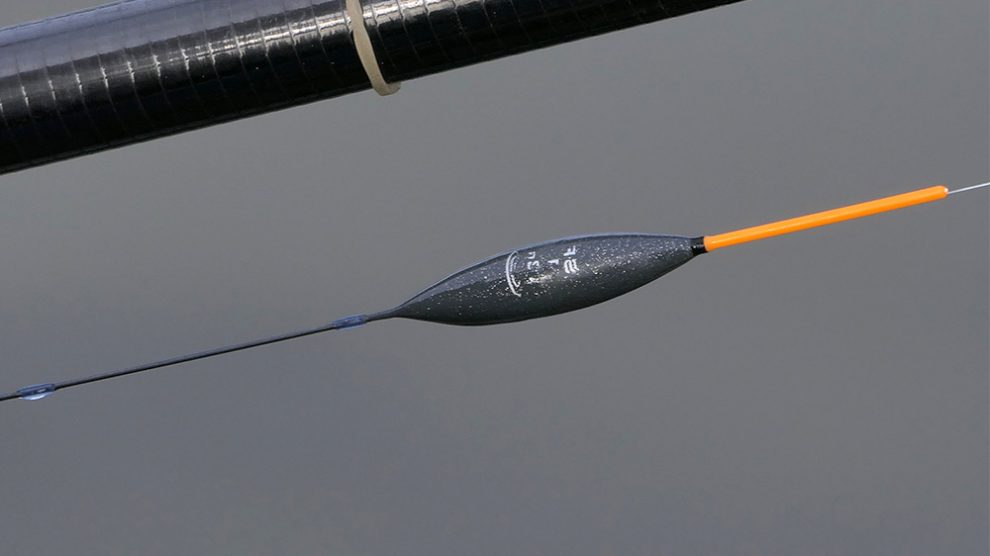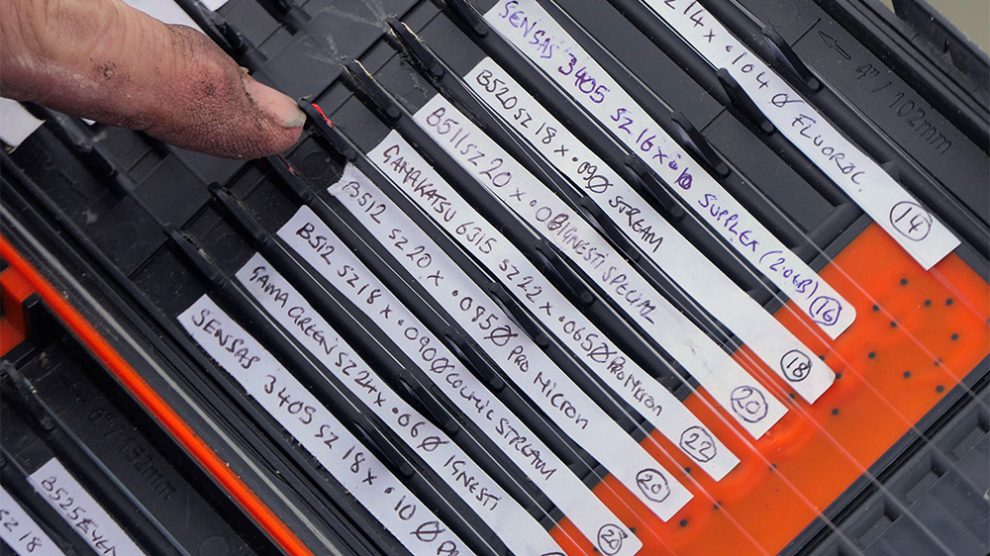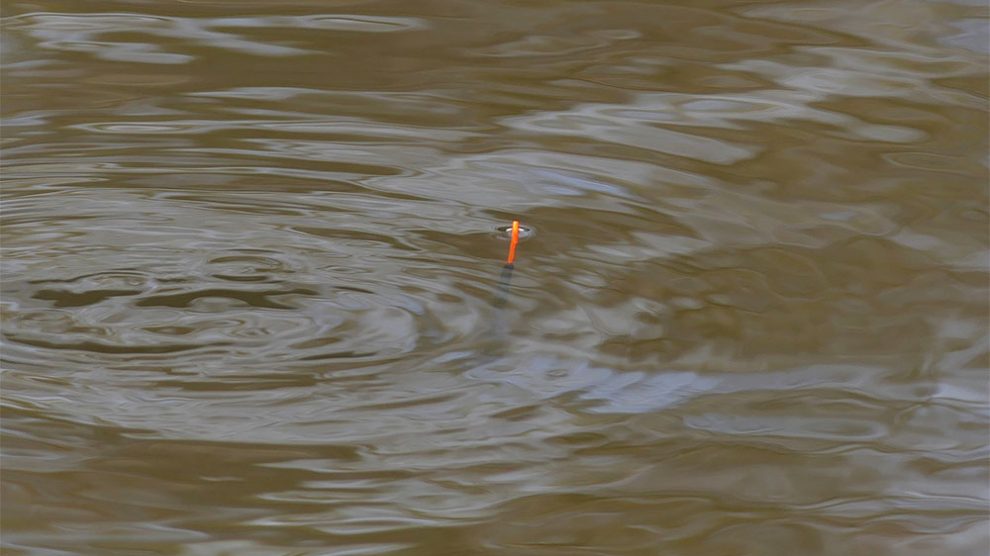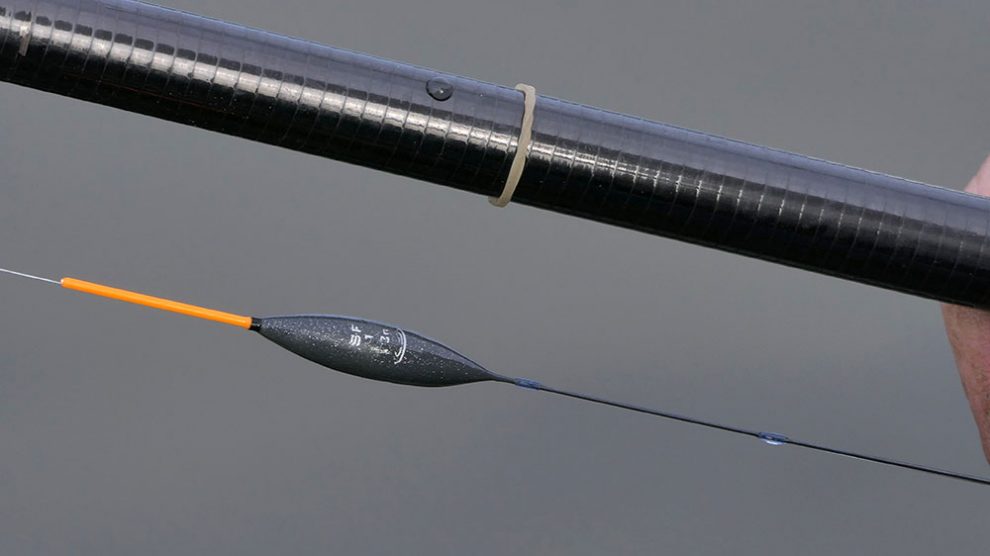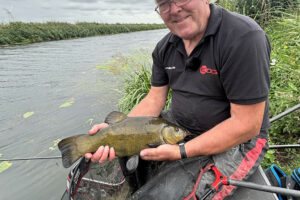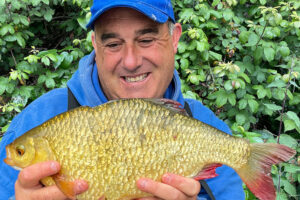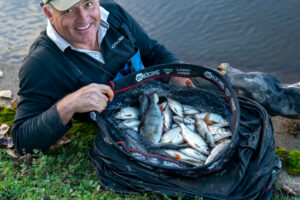With the river season now over until June, coarse anglers who like to keep catching have a choice – canals, lakes or commercial fisheries. Although it doesn’t particularly feel like springtime with the batterings Britain has had in mid-March from Storm Freya and Storm Gareth, it is nonetheless a rewarding time of year for anglers once the weather starts to settle down. And one of my absolute favourite places to go for a few hours sport is the Lancaster Canal, as fishing on this waterway can be very rewarding as the days get longer and the water slowly starts to warm up.
The Lancaster Canal has a special place in my heart. It is somewhere that I have spent many a happy hour, both pleasure fishing and match fishing over the years. Whilst not always the easiest place to catch a few fish, nonetheless it rewards the angler who thinks about their fishing and works out a few techniques.
Designed by the great canal engineer Thomas Telford, primarily to move goods between the ports of Preston and Lancaster in the 19th century, the Lancaster Canal runs through some stunning rural landscapes. Fishing on the entire length of the canal is controlled by the Pike Anglers Club of Great Britain and a 12-month permit costs £20. That’s for around 42 miles of water – and that’s what I call a bargain!
The market town of Garstang lies halfway between Preston and Lancaster and it is around this area that the Lancaster Canal has really started to make anglers sit up and take notice in the past few years, thanks to some stunning match catches, often in three-hour evening sprints organised by brothers Mick and Steve Wilson, and co-sponsored by Cadence Fishing.
Last summer the Lancaster Canal match record, which had stood at around 39lb for more than 20 years and was set over a five-hour duration, was shattered not once but twice in the space of six mad weeks. Even ‘long in the tooth’ canal match anglers who have fished it for more than a quarter of a century could not believe the weights, given that they came from evening matches.
First up a new record of 53lb was set in a three-hour evening match by Blackpool-based matchman Lee Munro – and a matter of weeks later that was bettered by a 59lb weight in a three-and-a-half-hour match.
And the fortunate angler who set the new record weight, Warrington’s Jonathan Green, did not catch a sausage for the last half-hour – he’d properly emptied his peg of bream!
The Lanky, as we call it in the Preston area, was the playground where former world champion and legendary Izaak Walton skipper David Roper learnt how to fish with bloodworm and joker. “Ropes” and his team-mates were amongst the early British bloodworm pioneers and thanks to England team manager Dick Clegg he got the Three Lions call-up he richly deserved and the rest is history with his stunning individual gold medal on Italy’s River Arno in 1985.
Many top-class internationals and high-quality open-standard anglers, such as Prestonian Graham Carter, once of Ted Carter and Son Fishing Tackle – who arguably has the best ever all-time record on the Lancaster Canal – have graced its towpaths down the years. It is a waterway with some pedigree in terms of the anglers who have wet a line there.
But that’s enough by way of an introduction. Let’s look at ways of getting a few bites using baits other than bloodworm and joker.
For this blog I have composed a group of key bullet points aimed at canal fishing novices or newcomers, so my apologies to more experienced anglers reading this. The tips will be followed by a breakdown of what happened on the day.
So here are the key things to bear in mind if you are going to fish canals – any canals really – this spring.
Top Canal Tips
1. In late winter and early spring target marinas or areas of canal where people live on boats. The simple fact people are lighting stoves on boats means the water is always a degree or two warmer than out in the sticks. This warmer water and people feeding ducks with bread attract fish. Other good areas to target are wides or turning bays, which we refer to as basins. These can be a little deeper than the general canal and naturally hold a few fish.
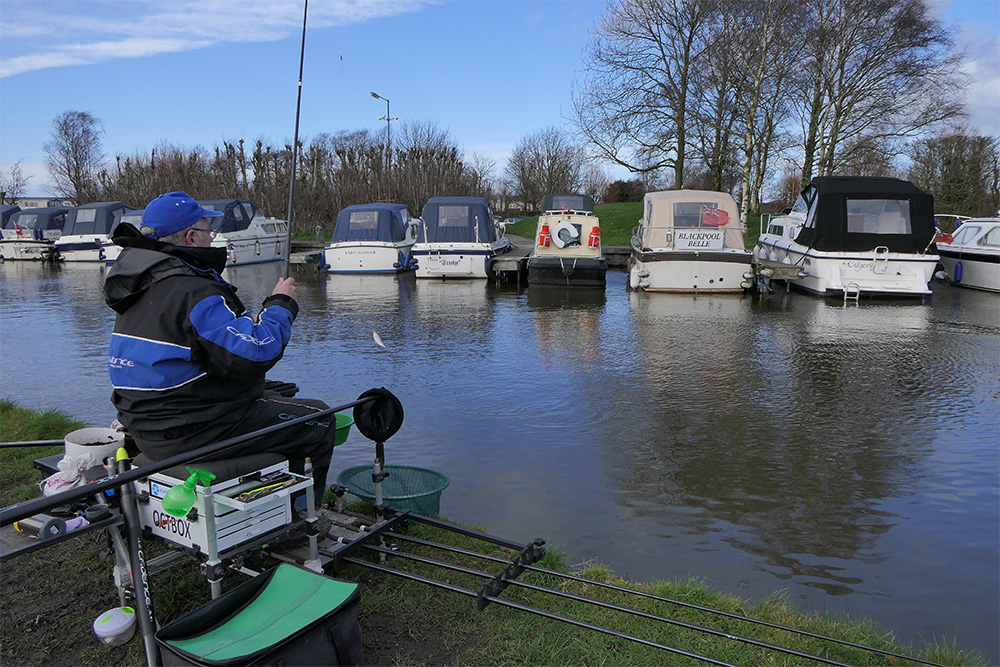
2. Great winter canal baits include bloodworm and joker but do not worry if you cannot get any, or if club rules forbid their use on your canal. You can still get plenty of bites using punched bread, pinkies, squats, maggots, casters, redworms and dendrabaenas.
3. Canals such as the Lancaster Canal are wide open to the elements, therefore it is important to think about using wire stemmed pole floats as these help to defeat surface skim and windy conditions, improving that critical aspect – presentation. Choose floats with reasonably fine but high visibility fibre bristles that allow sunlight through them. Canals are no place for thick-tipped commercial fishery type floats. And try to make a few rigs up on winders – preferably have a duplicate for each size – in case you tangle one (believe me, I am an expert tangler!). Use either .10mm diameter or .12mm diameter line for mainline on pole rigs and anything from .06mm diameter to .10mm diameter line for hook lengths. Bottom-only attached whip wagglers are also worth investing in for line to hand whip fishing in awkward, windy conditions.
4. Choose elastics with care and think ‘softly, softly’ when tensioning your elastics. When targeting small silver fish species – fish from a few drammes up to around 1lb in weight – elastics rated No2 to No5 are plenty strong enough. As a rule of thumb, I use No2 for bread punch and pinkie fishing for small fish. No3 elastic is handy on slightly better stamp roach or skimmers of 2oz to 10oz, and I use No4 set soft for a multitude of situations, usually when fishing in the deepest part of the canal, i.e. the boat track. No5 is my preferred choice when fishing with casters, dead maggots or red worms in a peg where bream can show. In summer when the bream are having a feed properly and fight harder than ever, I typically use a No6 elastic through the top two, and a No8 if really bagging on 3-4lb bream. I don’t use hollow elastics for canal work, unless targeting eels in the summer when I will use a black hydro as you need to hook them and stop them burying down into the soft mud on the canal’s bottom. It is very important to ensure your pole tips allow sufficient internal clearance space for the elastics to work properly without friction causing issues, which can result in bumped fish or missed bites. A soft set elastic is always the key. You want it to just creep back inside the pole tip. Don’t fall for the idea that having a long, fine micro-tip is the way forward. It isn’t. Cut that tip back and use a bigger internal PTFE bush than you might think is necessary. On tips where I use a micro tip there may only be eight inches of microtip left in the pole by the time I have sorted it to my liking. Of course, it pays to have all top kits the same length and the same goes for your cupping kit, for precision feeding and fishing. Alternatively can do away with the micro tip and bush the pole off the top of the No2 section. You need to play hooked fish with the elastic and not the pole. If the pole tip bends under the weight of a better fish, it can only mean the elastic is dragging on the inside of the pole tip, creating drag, which stops the elastic from working properly or smoothly.
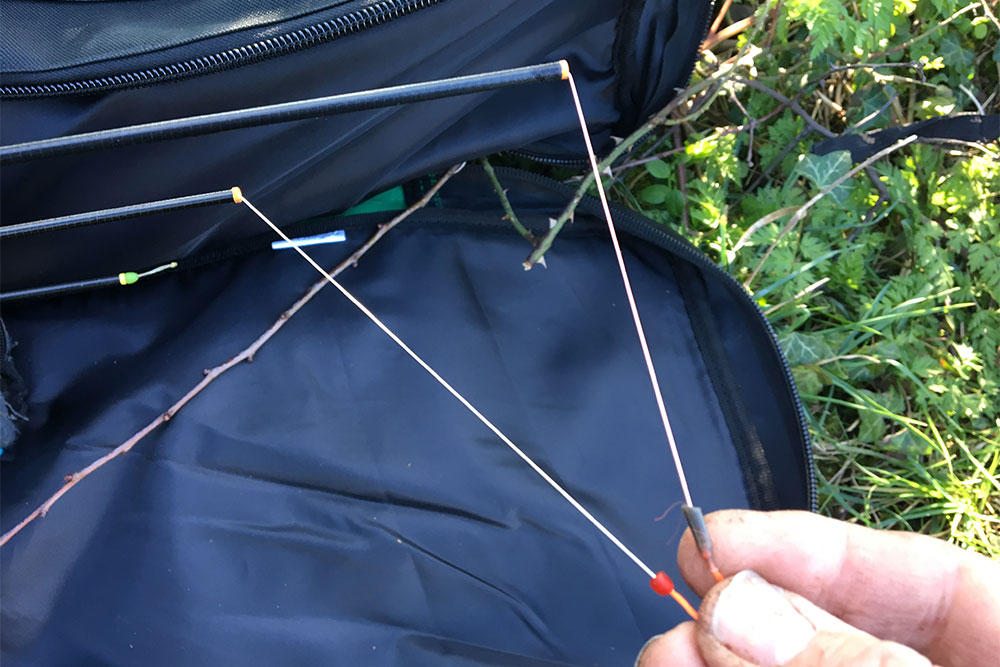
5. Feed sparingly in cool water conditions, just dripping two to four pinkies or casters into your swim on a fairly regular basis, say once every five minutes. Little and not too often is the way to start a peg up. I react to the bites and their frequency by either feeding little and often or cutting back to once every 10 minutes. If there are plenty of small fish to be had you can feed more regularly but if it is hard, it pays to rein your feeding in a bit. You can’t take out what you have put in so it pays to err on the side of caution. Incidentally, I use old circular shot tubs to make small feed pots for pinkies, maggots or casters. With the shot tub lid clipped on and a circular hole cut out in the middle of it, this prevents bait from ‘bouncing’ out as you ship out to your feed area. These pots slide on to the pole tip for accurate, pinpoint feeding. A little effort creating pots like these can bring you big rewards. I also use small clear caps from cosmetic atomiser bottles to make small feed pots for chopped worm and for liquidised bread. I simply heat a nail and punch holes through the cap and slide this on to the pole tip. A small piece of sellotape on the pole tip will give the grip to keep these pots in place.
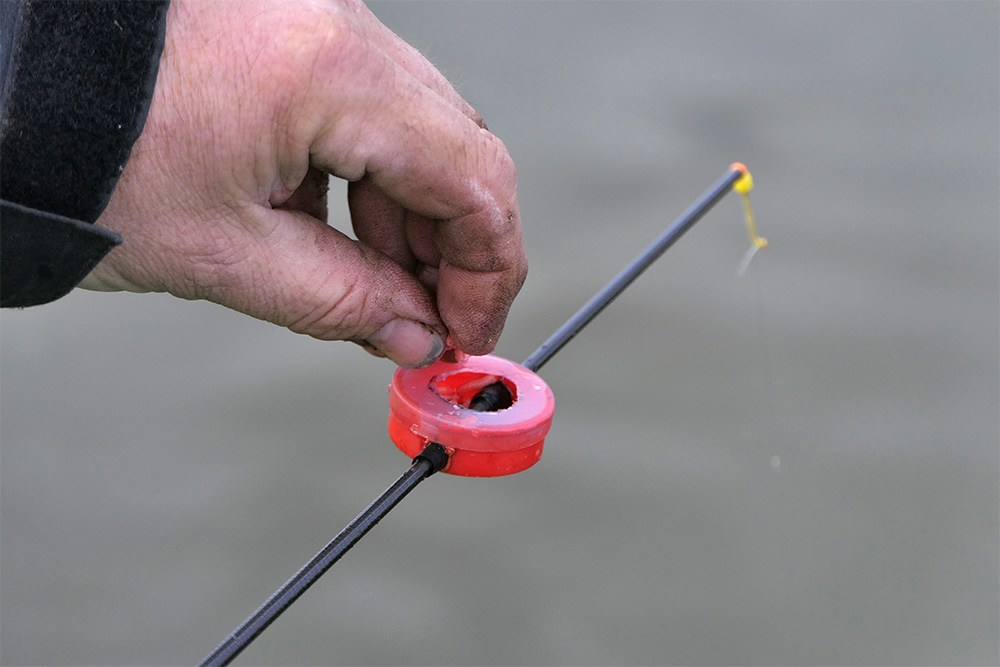
6. When shotting up small, sensitive canal floats, it pays to invest in a dispenser of half styl leads. These tiny shot need attaching to the line with a pair of eyebrow tweezers. You will find it impossible to attach them with general styl pliers. It is worth the effort as the natural and slow fall of the hookbait, due to those half styls, over that crucial last foot and a half of drop can make a big difference to your success or failure in terms of fish in the net. Plumb up carefully and think about using a swan shot rather than a big heavy plummet to avoid disturbing fish that may already be in front of you. I mark the pole with masking tape where I want to place my hands because often the area you need to fish does not match up to fishing at the end of a pole section. Make sure the masking tape is soaked in water to avoid it leaving glue on your pole sections.
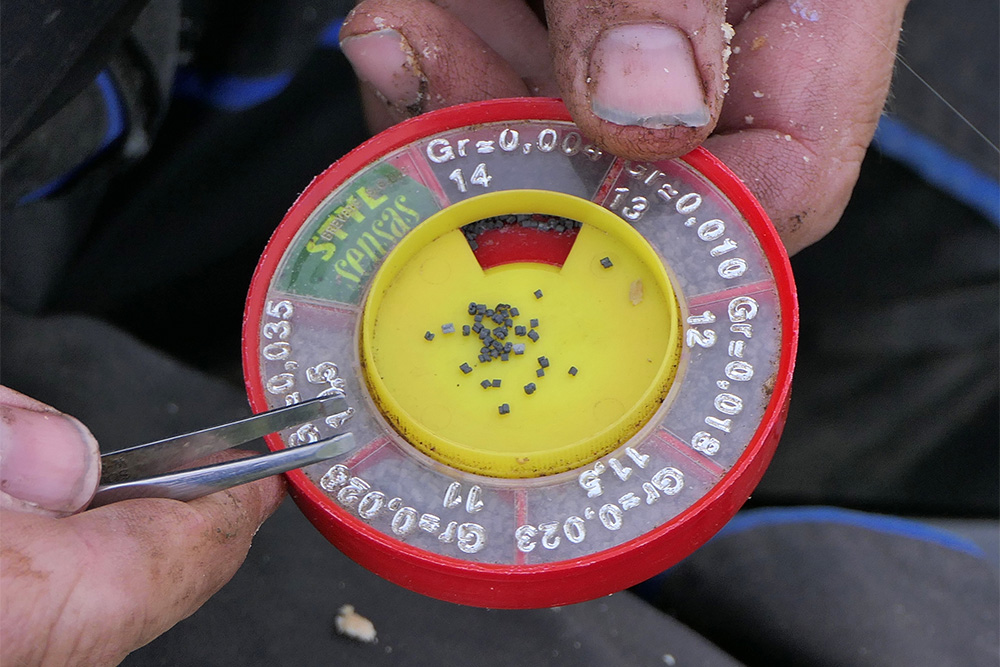
7. Hooks for canal fishing need to be fine to medium wire patterns. Try to match elastic strength to hook wire gauge. For example, on elastics rated No2 to No4 elastic, I will happily use fine wire hooks as these elastics are set soft and are finer elastics. But for No5 to No8 elastics on canals, I use medium wire hooks. Interestingly, some hook pattern such as the Sensas black nickel 3405 actually increases in wire diameter the bigger the size you opt for. For bread punch work it is hard to beat either a Kamasan B511 or a Colmic N957 hook. Others worth having in your seatbox are Kamasan B560s when on bream and the Kamasan B512, a red version of the B511, for harder conditions when bites are at a premium. I use these B512s for caster fishing when on smaller fish up to 1lb 8oz and step up to the Sensas 3405 or B560 when proper bream – fish of 2lb to 4lb – are in the ‘pantry’.
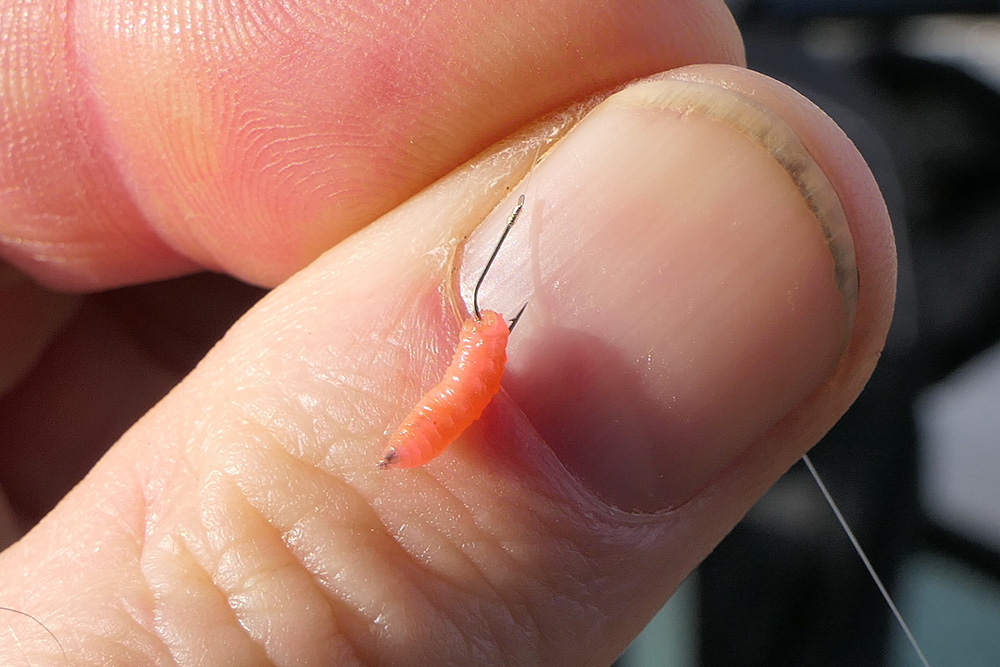
8. Choose far bank markers carefully when plumbing up and assessing your peg at the outset. I know it sounds obvious, but if you plumb up and decide on a peg using a moored boat to create target areas in your swim, you might just find yourself in a bit of a snooker if the boat owner turns up, unmoors the vessel and decides to chug off for a pleasure outing down the cut! Therefore, look beyond the boat and use fixed objects such as a tree branch, a fence post, a telegraph pole…anything which is fixed into the ground and cannot move. A simple but very important tip, that one!
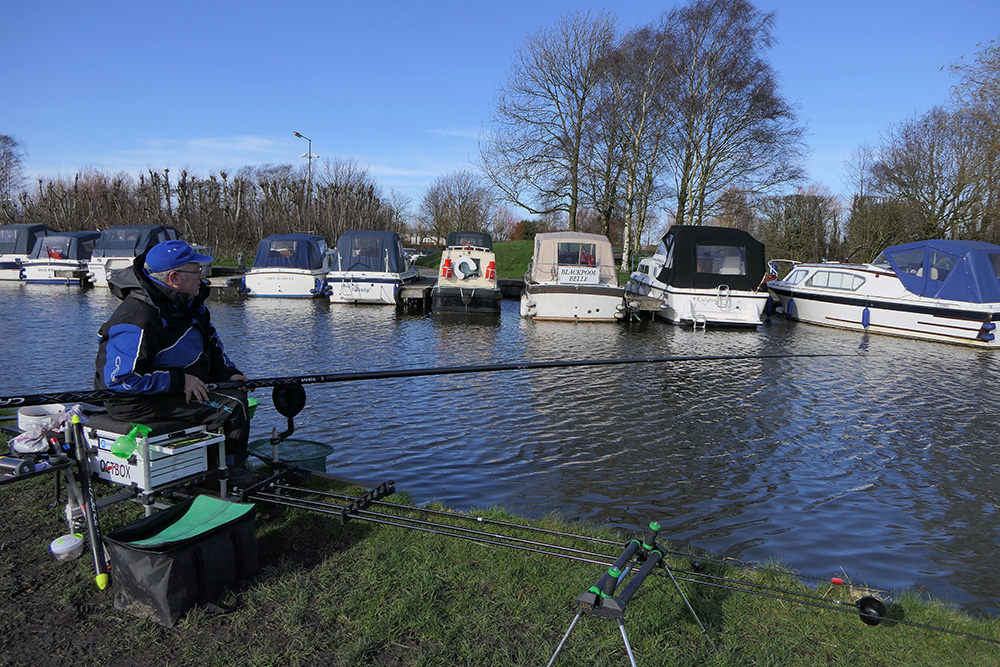
9. Regularly re-lubricate your pole elastic – I will relube up to eight times a session – and keep a bottle of Tippex handy to mark depths on your top kits. Don’t be afraid to fish a few inches over depth when fishing caster or red worm for roach or skimmers. If you only set up two rigs for a canal session, make one a rig with an olivette and the other a lightly-shotted rig for ‘on the drop’ presentation. Also, experiment and be prepared to slide the float about trying various depths. Often fish want to feed a few inches off bottom and hybrids, which the Lancaster Canal is full of at the present time, love to chase a bait as it falls through the water ‘on the drop’.
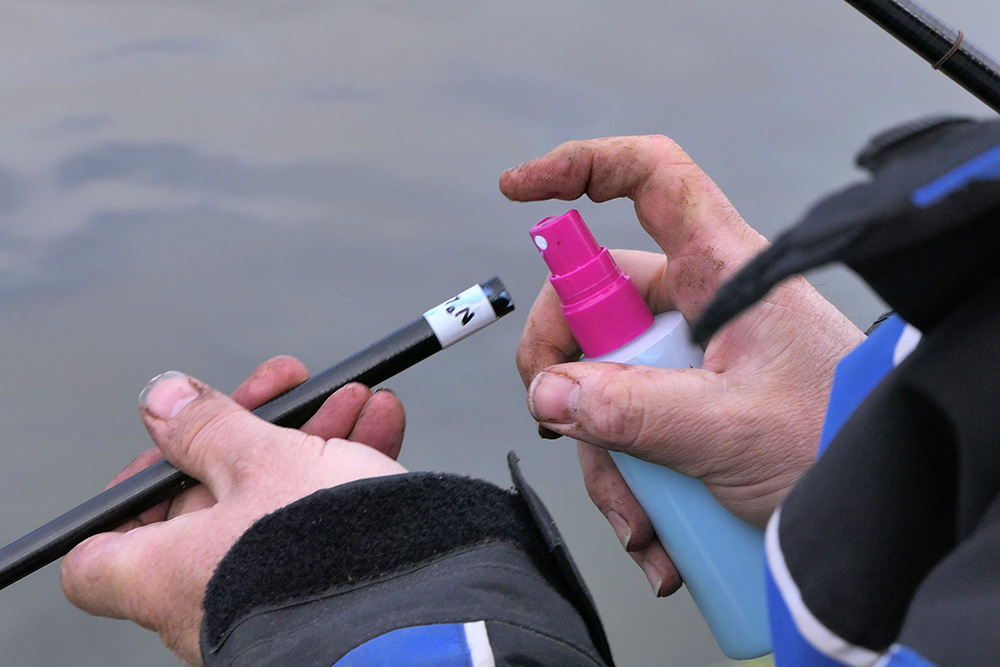
10. Develop a thick skin where boat owners are concerned and do not let them get to you if they come through your peg a little too quickly for your liking. The number of boats on the Lancaster Canal has doubled in the last 20 years or so and not all boat owners, or anglers for that matter, behave in a considerate manner. We are only human and I am not alone by any means when I admit I have been guilty in the past of having the odd barney with a boat owner. Sorry! It is best to grit your teeth and get on with the fishing without getting into a verbal battle with them, as we have to share the canal. Remember that the fish are used to disturbance caused by boats, so after one has been through, re-feed after a couple of minutes and see if the fish will come back to the peg. More often than not they will do but it requires a little patience. It is also worthwhile targeting ‘quiet’ areas in your peg where you feel the fish will suffer the least disruption from boats. These may be near or far side swims, often in water of around a foot deep.
How The Session Unfolded
Now let me take you through my session on the Lancaster Canal.
I chose a swim opposite a marina mouth and opted for three key areas. A short line at four metres to hand for bread punch fishing on the whip. The depth here was four and a half feet, at the bottom of the near shelf, and I opted for a 3BB canal dart, shotted with an olivette and droppers. I chose a bottom-end only float to combat a strong wind gusting to 30mph-plus. The whip waggler enables you to sink the line from flick tip to float, beating the wind and offering decent presentation. Incidentally, I used the top four telescopic sections of my nine-metre Cadence CP200 whip. The flick tip was fitted with a very fine Stonfo flick tip connector. I mixed up a 70-30 mix of finely sieved liquidised bread and MPW Superfine sweet punch groundbait and fed a small pound sized nugget every cast.
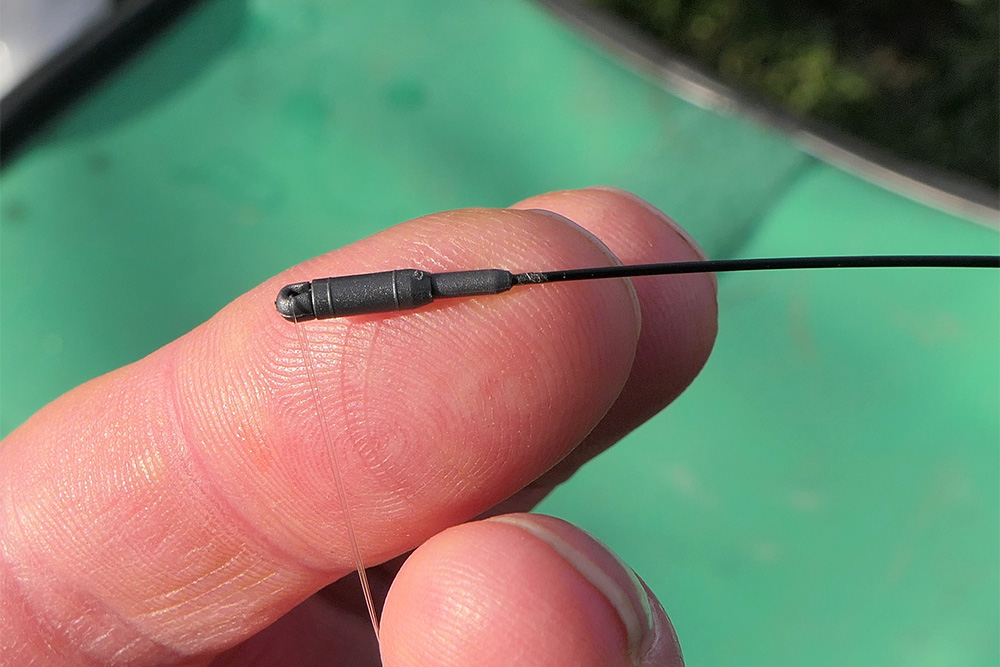
I also targeted two pegs on the same line at 12.5 metres in approximately four feet of water. The peg at 10 o’clock was to have casters fed into it only. The initial feed for the 10 o’clock swim was 20 to 30 casters.
The peg at two o’clock was to have a mixture of finely chopped dendrabaenas and casters fed into it in groundbait for starters then potted in neat afterwards. The groundbait for the two o’clock peg was a 70-30 mix of Sensas Gros Gardons Fine Mouture and Sensas Canal 3000 Black, and I potted in two tangerine sized balls at the off, containing chopped worm and casters. This was to try to attract the bigger bream to get their heads down.
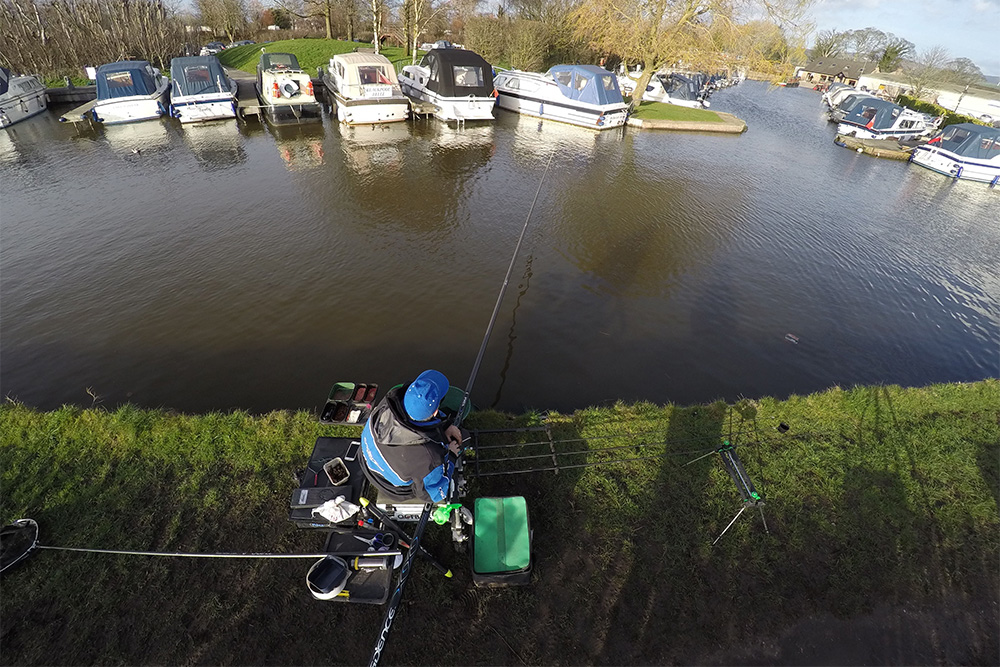
I kicked off on the whip and caught 35 fish in the first hour, nothing huge but roach from eight drammes to 3oz and hybrids to 2oz.
The rig comprised a 3BB Drennan canal dart with a plastic pole float bristle glued into the top to make it more sensitive. The float was attached to the line using a Drennan whip waggler attachment, which allows the float to fold flat on the strike, creating zero resistance. By swinging out the whip rig with a bare hook before starting, I got counting and worked out that once the olivette settled it took a further five seconds for the hook bait to settle, watching the bristle pull down to a dimple. Later, if the float held up for more than five seconds I could strike, safe in the knowledge a small roach or hybrid was holding it up.
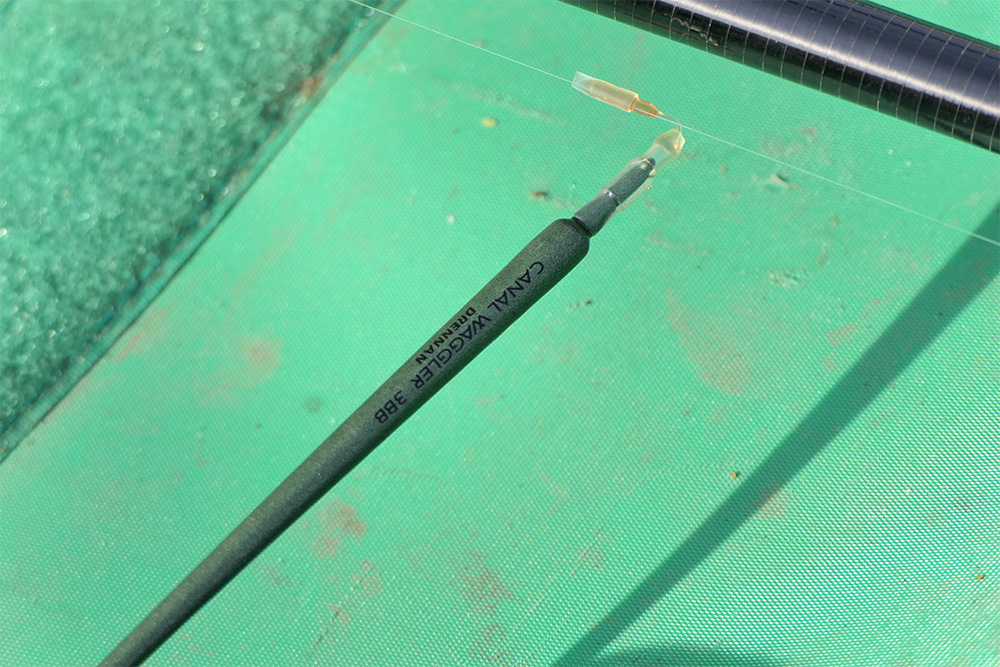
The whip main line was .10mm Silstar Match Team to a .06mm Ignesti Speciale hooklenth (15cms) with a size 20 B511 hook. The rig had a .60g olivette and several no10 tuning shot 20” from the hook with three x half no14 styls as droppers between the olivette and the loop to loop knots joining main line to the 15cm or 6-inch hooklength.
Those tuning shot tight under the olivette allowed me to dot the float down to the merest dimple, making it easy for fish to pull the float under.
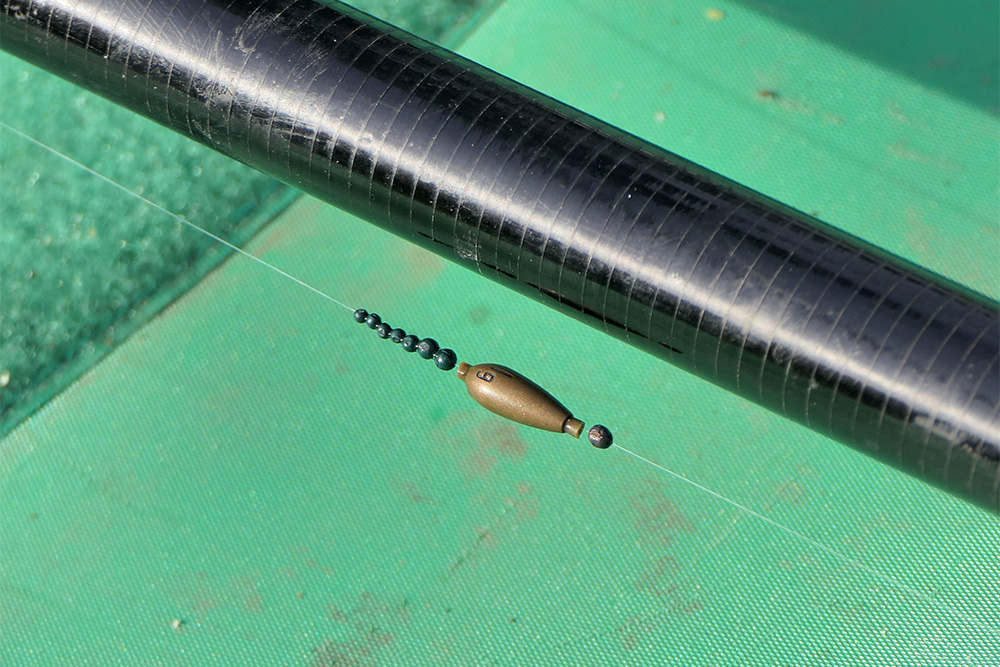
Weather conditions were not easy. From average daytime temperatures averaging 15 degrees Celsius a few days earlier, the weather had taken a dive with an overnight low of 2 degrees Celsius and a daytime high of 7 degrees Celsius.
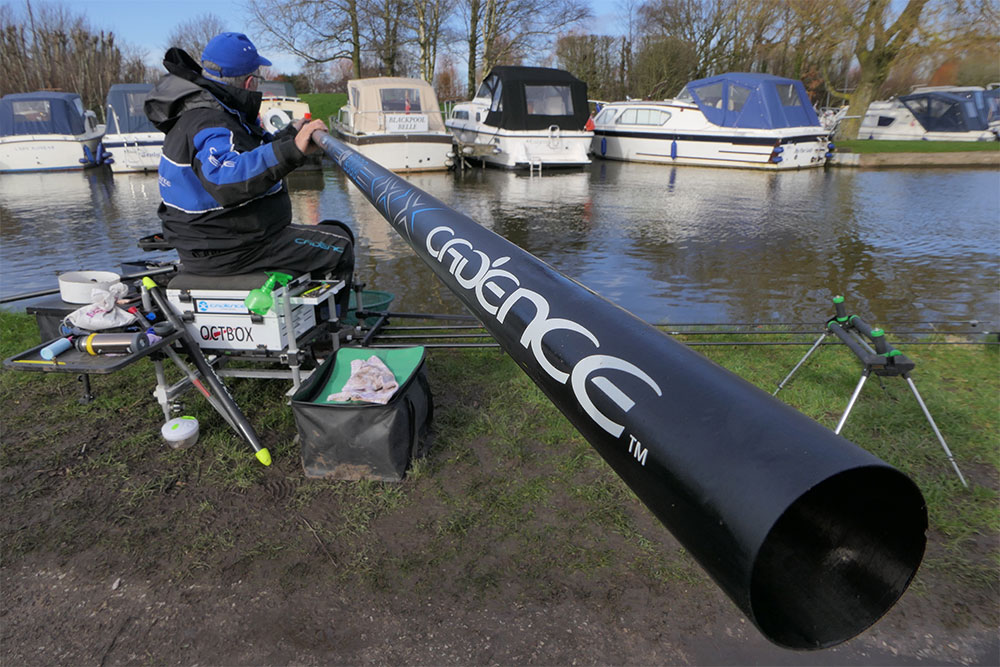
We also then had to deal with a bit of a disturbance which you could not have legislated for! Let me explain.
An hour into the session a moored boat 15 yards to my left was visited by a marine engineer, as the owner was experiencing problems starting it up. The engineer promptly revved the boat at a high rate for a minute or more, which thoroughly churned the bottom up, making the water chocolate coloured throughout my peg. My blood pressure also went through the roof, I can tell you! Oh dear, what a shame, never mind! (Honest, that’s all I said!)
Despite this total destruction of the peg, with my carefully fed pegs having their contents blown to all parts of the canal, a quick re-feed, five minutes after the engine was switched off saw the fish return after 20 minutes or so and they fed hard on the chopped worm and caster peg for the remaining four hours of the session. I caught roach and hybrids on a combination of small red worm hook bait, red maggot, single caster and occasionally single fluoro pinkie.
It paid to rest this line occasionally so I swapped to the whip. The trick was to feed a small dab of liquidised bread every put-in on the whip, with a 3mm piece of punched bread doing the damage, the hook having been set two inches off bottom. When using liquidised bread in cold water after blitzing it in a liquidiser, push it through a fine pinkie riddle before bagging it up to put in your carryall. Riddling it in this way will remove the bigger bits that you do not want to put in the canal.
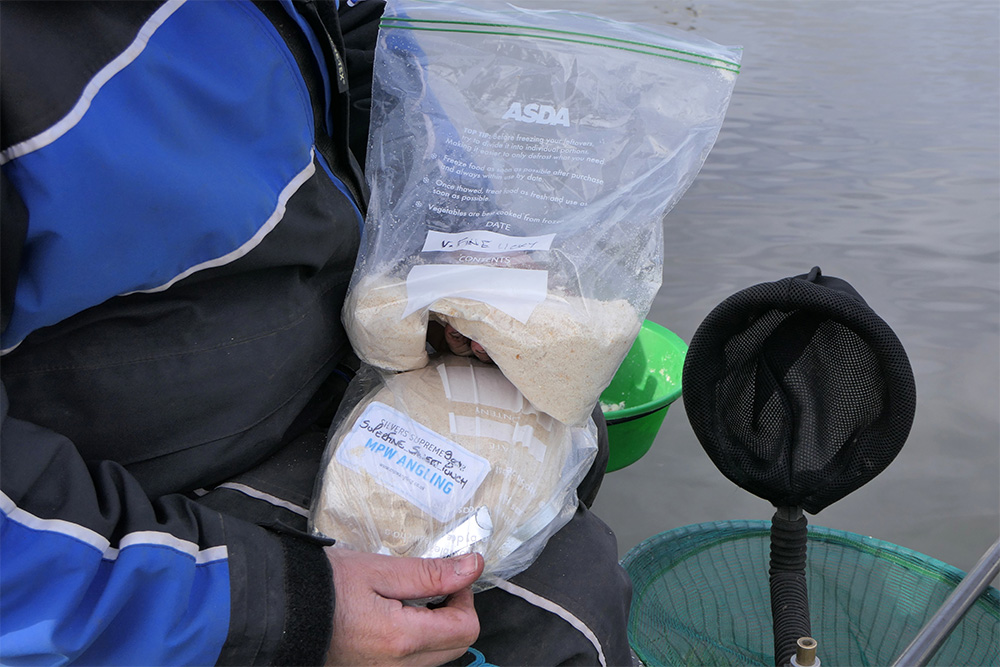
Back on the chopped worm and caster peg, just the occasional top-up with a couple of chopped dendys and half a dozen casters nursed the peg and kept bites coming. Later, as the wind dropped and the temperature dipped, single pinkie did the most damage, bringing a steady stream of small roach and small hybrids.
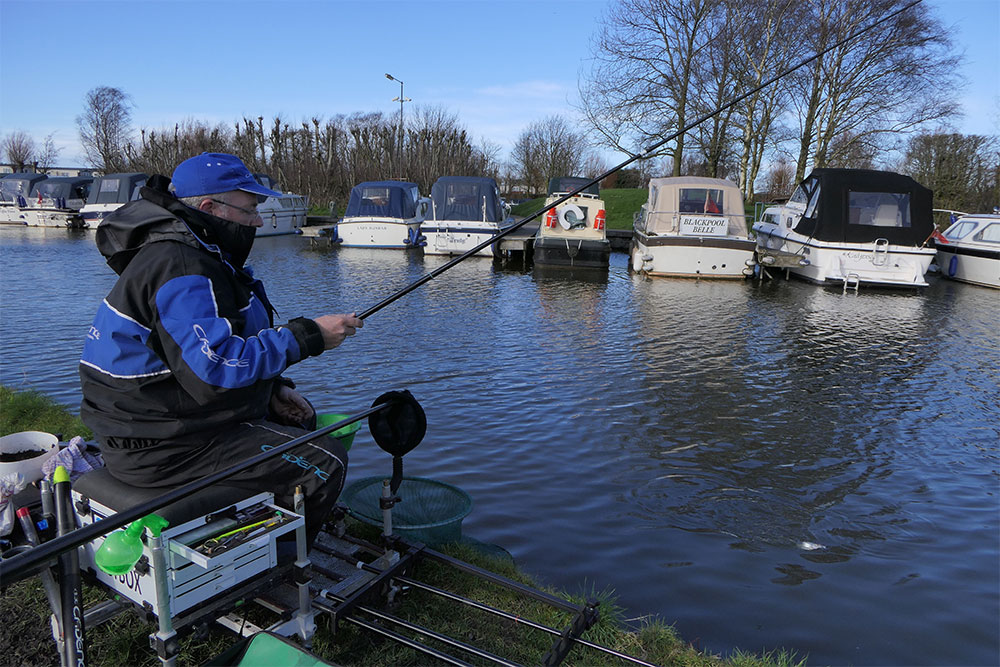
On that swim the rig I chose was a 4 x 14 Sensas Burk on .10mm mainline with a .08 mm hook length, completed with a fine wire red-coloured Kamasan B512 hook in a size 22. The Burk has a wire stem and a hi-viz tip which I had added an extra coat of red paint to thicken it slightly.
At the start of the session, I actually kicked of with this rig with a .10mm fluorocarbon hook length tied to a size 16 Sensas 3405 in case any bigger bream showed up.
However, it soon became apparent that this peg was devoid of better fish after the boat commotion, so I scaled down to a sensible compromise and fished for bites. Had I hooked any skimmers up to 2lb I was confident I would have landed them because the Kamasan B512 that I used is a deceptively strong little hook, especially when balanced to a soft No5 elastic.
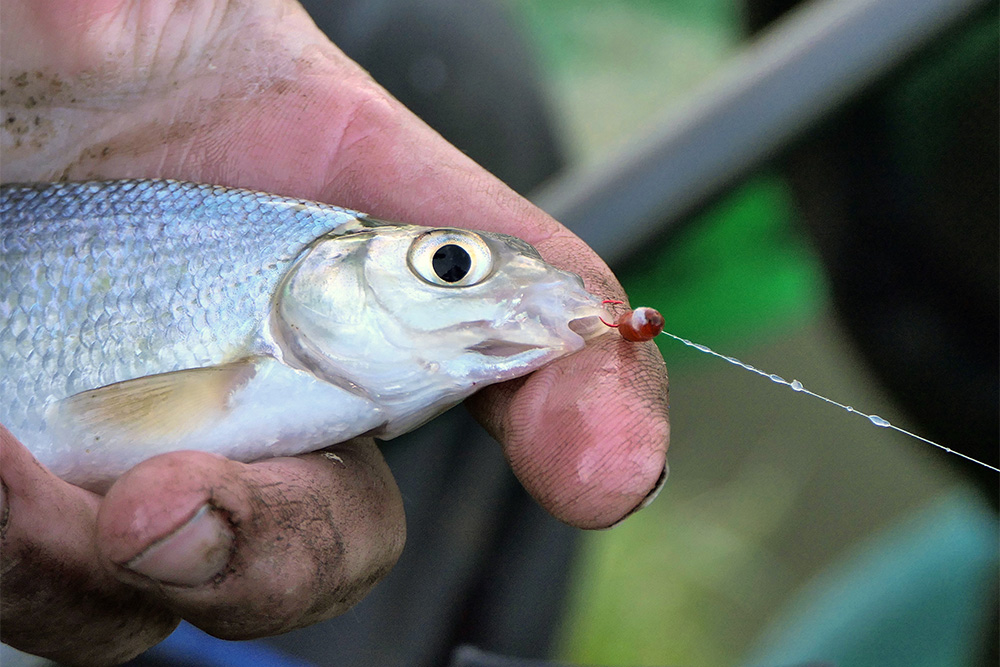
Elastic on this two o’clock peg set-up was initially a Preston Slip No6 Slip elastic for bigger bream but when I realised it was purely going to be a small fish day I dropped down to a Preston Slip No5, well lubricated and set soft. The Sensas Burk float carried a.20g olivette some 15 inches from the hook and three x no 14 half styls as droppers.
The caster-only peg was written off as it was too close to the boat that had been experiencing engine problems but, for the record, the float was a .3g SF2 Drennan pole float, shotted with a spread bulk of No7 styls just below mid-depth, and three small no14 half styls stung to the hook length loops, with the float set four inches over depth. These are great floats with a titanium wire stem. You can tie them in a knot and they spring back to straight. Quite amazing!
The thinking was that with the SF2 being a comparatively light float, it was set up in the hope the wind would drop. When it did later in the session I actually employed the rig over the chopped worm and caster line and it helped me to pick off some bonus pinkie roach and small hybrids. The hook length on this particular rig was a size 22 Kamasan B511 to .06mm diameter Ignesti Speciale.
Net Result
The result of the day’s efforts was a catch of around 100 small roach, hybrids and the odd small perch. The catch totalled around 6lb. On such a hard day with the high winds and boat disturbance, on reflection, it wasn’t a bad catch at all.
For me, and I suspect for all anglers, the important thing at this time of year is to enjoy seeing the float going under regularly.
The good old Lancaster had not let me down and I am sure that if you adopt some of the feeding techniques and tackle used in this blog, you will be rewarded with some great canal sport this springtime.
